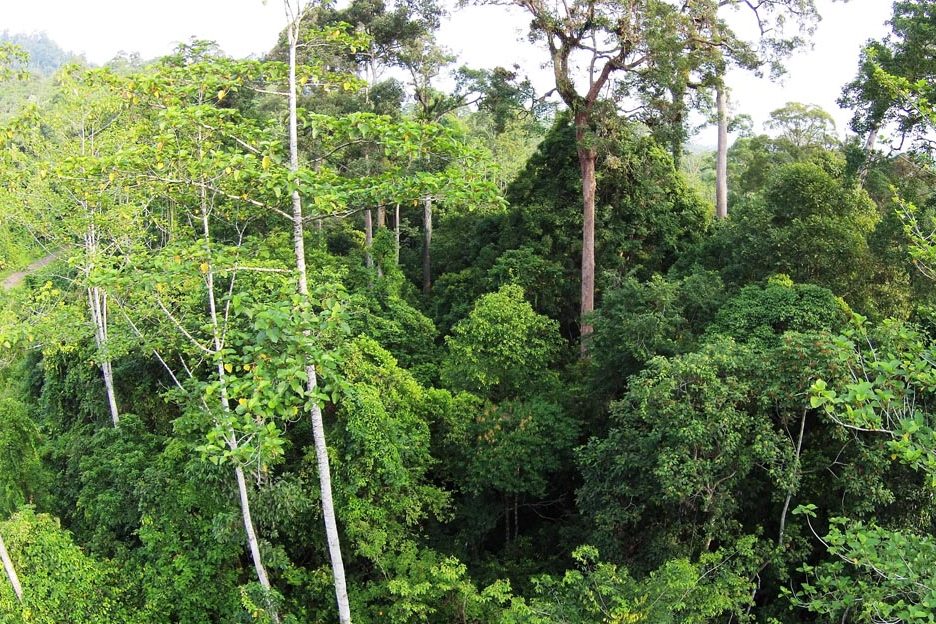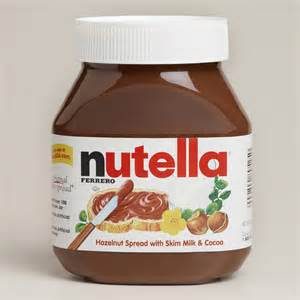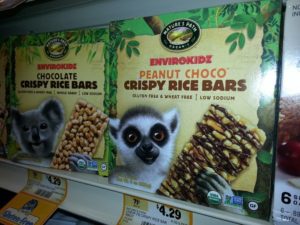
Orchid lovers’ supermarket guide: Conservation in practice
The choices we make at the supermarket are a powerful means of practicing conservation. By taking a moment to read a product’s label and avoiding those containing palm oil, we can play a part in saving species, whether they be orchids or orangutans. As promised in an earlier article, our here is some help in how to make environmentally sound selections.
Palm Oil: A brief history of deforestation
Recently much has been written about the impact of palm oil production on our already vanishing forests, particularly on the rainforests around the world. We are losing forests at the rate of 60 acres an hour, due to not only palm oil demand but also a variety of other needs, such as wood pulp and lumber.
Palm oil had already been in fairly wide use before we even became aware of its impact. We first read about palm oil deforestation in a 1983 AOS Bulletin article about a conservationist rescuing orchids in Malaysia ahead of the lumber saws. This early attempt at conservation, whose main goal was to find new orchid species for hybridizing, certainly saved many orchids from being lost forever. Because time was of the essence as the lumber companies encroached deeper and deeper into the rainforest habitats, only the most commercially important species were targeted for rescue.
Environmental conservation had not yet entered the public’s consciousness, and therefore the ongoing deforestation was seen as a great business opportunity, rather than the environmental disaster it actually was. Certainly for orchid lovers, our only impact on this dreadful situation was the preferences we expressed as customers for certain orchid hybrids as they came on the market.
Palm Oil is now a huge commodity in world trade
Fast forward 30 years, and we see how, as a result of globalization, agriculture is no longer simply providing subsistence to local peoples, but has become a player in the international commodities markets. Major agricultural giants sit at all segments of the supply chain, from those who grow the products, to those who transport and refine them, ending with the numerous companies who manufacture the thousands of packaged food varieties we buy. As a result of ever increasing world-wide demand for processed foods, a great many of which contain palm oil and its derivatives, we see major deforestation taking place in many parts of the world.
We are fortunate that so many organizations such as the World Wildlife Federation are active players in maintaining public awareness, in hopes that the public will pressure corporations to reduce their impact on deforestation. How much pressure is applied to this effort depends entirely on us, and on the choices we make when we purchase food and personal care products.
Which products contain Palm Oil?
This is trickier than one might think. Palm oil is an ingredient in tens of thousands of products and is listed under a variety of names. Some products containing palm oil are easy to spot. One villain of particular note is “Nutella”, which is a hazelnut spread, clearly marked as having palm oil and sugar as major ingredients.
 Palm oil lengthens food products’ shelf life and also adds texture. It has steadily increased in usage and currently replaces unhealthy trans-fats with saturated fats (also unhealthy). If the product label boasts that it “contains no trans-fats”, this is often a clue that palm oil has been used to provide the feel and texture the customer expects. Palm oil is found in low fat yogurt, low fat milk and, to our great disappointment, our favorite brand of soy milk. The soy milk container label lists Vitamin A Palmitate, which is a palm oil product. All is not lost, however. We can still have our soy milk for our coffee and cereal. Just recently, we have discovered Westsoy Organic Soy Milk, which happily does not contain Vitamin A Palmitate.
Palm oil lengthens food products’ shelf life and also adds texture. It has steadily increased in usage and currently replaces unhealthy trans-fats with saturated fats (also unhealthy). If the product label boasts that it “contains no trans-fats”, this is often a clue that palm oil has been used to provide the feel and texture the customer expects. Palm oil is found in low fat yogurt, low fat milk and, to our great disappointment, our favorite brand of soy milk. The soy milk container label lists Vitamin A Palmitate, which is a palm oil product. All is not lost, however. We can still have our soy milk for our coffee and cereal. Just recently, we have discovered Westsoy Organic Soy Milk, which happily does not contain Vitamin A Palmitate.
Here’s help for your next shopping trip
Wouldn’t it be great if there were a handy reference website which lists names of products to avoid? Good news — this site lists names and products containing palm oil.
Products are actually listed with their brand names, so this site can become quite useful to you in making good shopping decisions. The small amount of extra effort required for being informed is definitely worthwhile, when we remember that with every purchasing choice we save an orchid or some other form of wildlife. Simply bookmark this site in your smart phone, and you can easily become a more environmentally conscious shopper.
 Unfortunately, manufactures have no incentive to make the job easier for us. Recently while browsing the shelves in Sprouts we came across a package of treats for children. The green leaves and adorable jungle critters on the package exterior were designed to denote an eco-friendly food, meant to attract children. However, upon checking the label we found – you guessed it — palm oil on the list of ingredients. Not what we would call eco-friendly. The packaging is deceptive, to say the least. We have to be careful to avoid being fooled by such practices.
Unfortunately, manufactures have no incentive to make the job easier for us. Recently while browsing the shelves in Sprouts we came across a package of treats for children. The green leaves and adorable jungle critters on the package exterior were designed to denote an eco-friendly food, meant to attract children. However, upon checking the label we found – you guessed it — palm oil on the list of ingredients. Not what we would call eco-friendly. The packaging is deceptive, to say the least. We have to be careful to avoid being fooled by such practices.
This little example just goes to show that we all have to remain alert, and take the time to read labels, and stay informed. Conservation is not a spectator sport. We are all in the battle together if we want to see our orchid habitats survive for the future generation of orchid lovers. ![]()